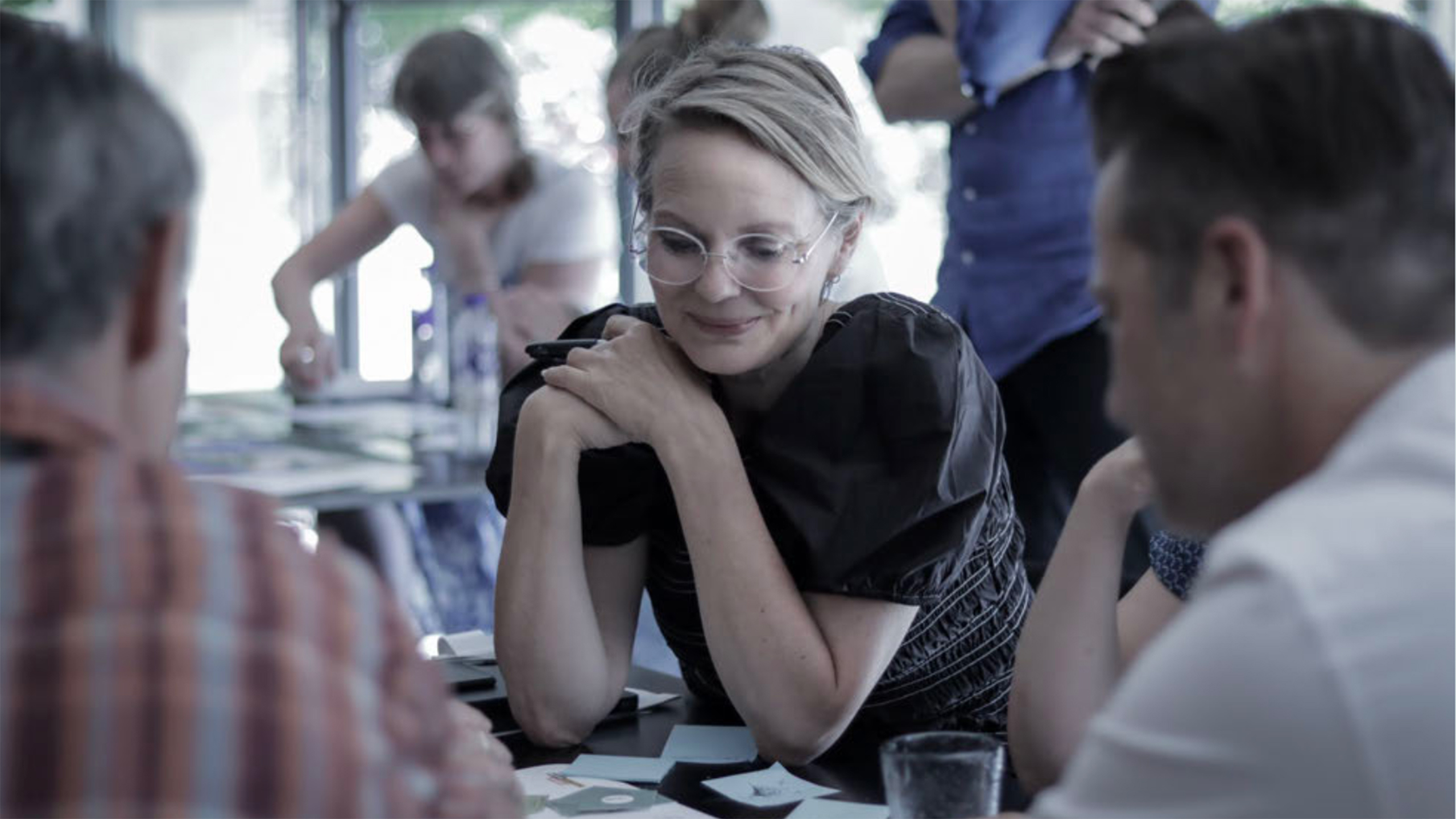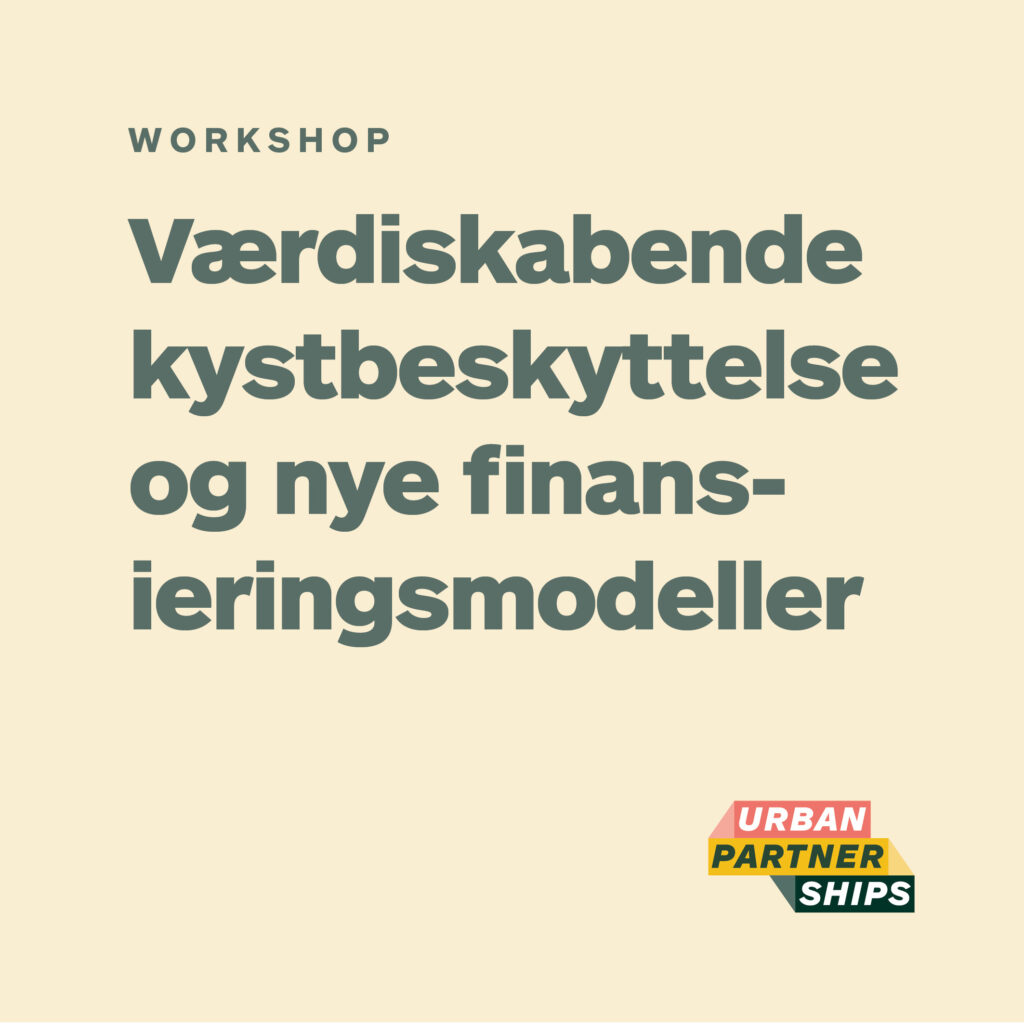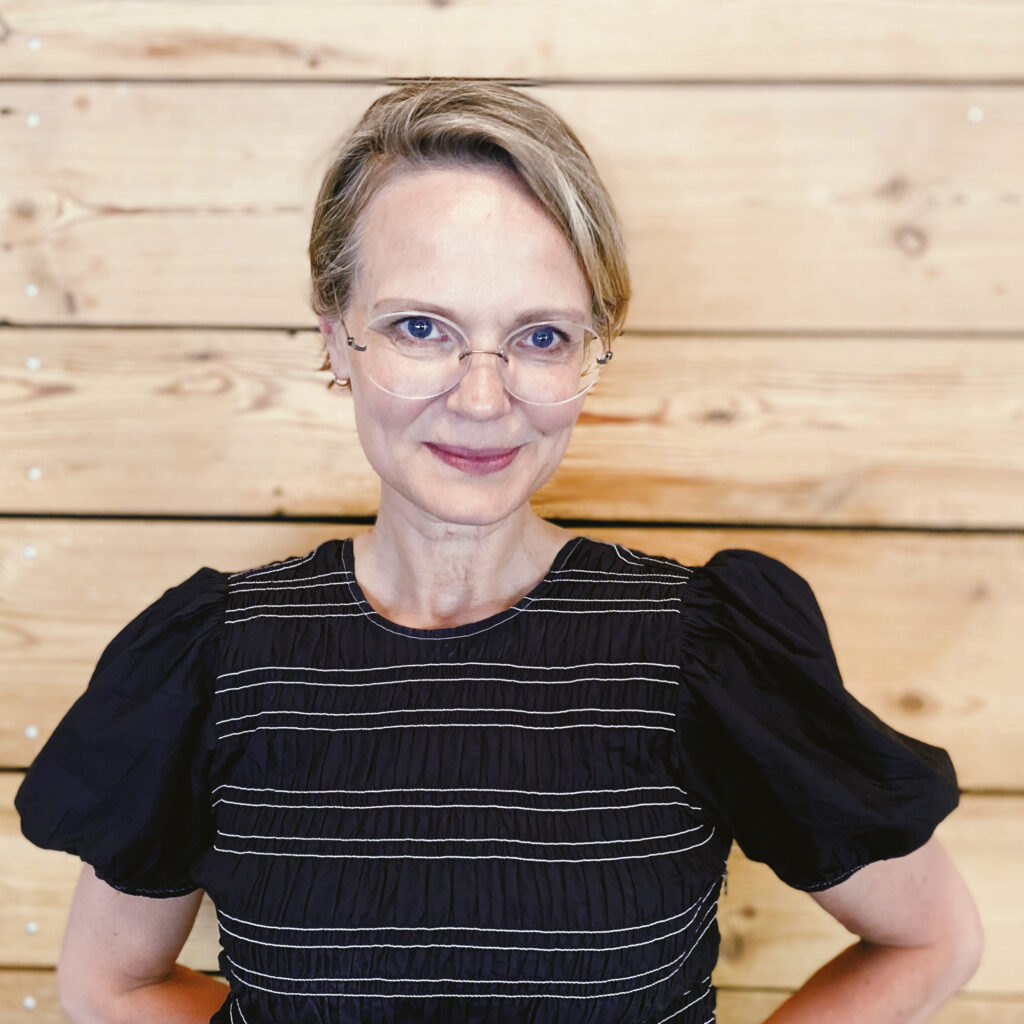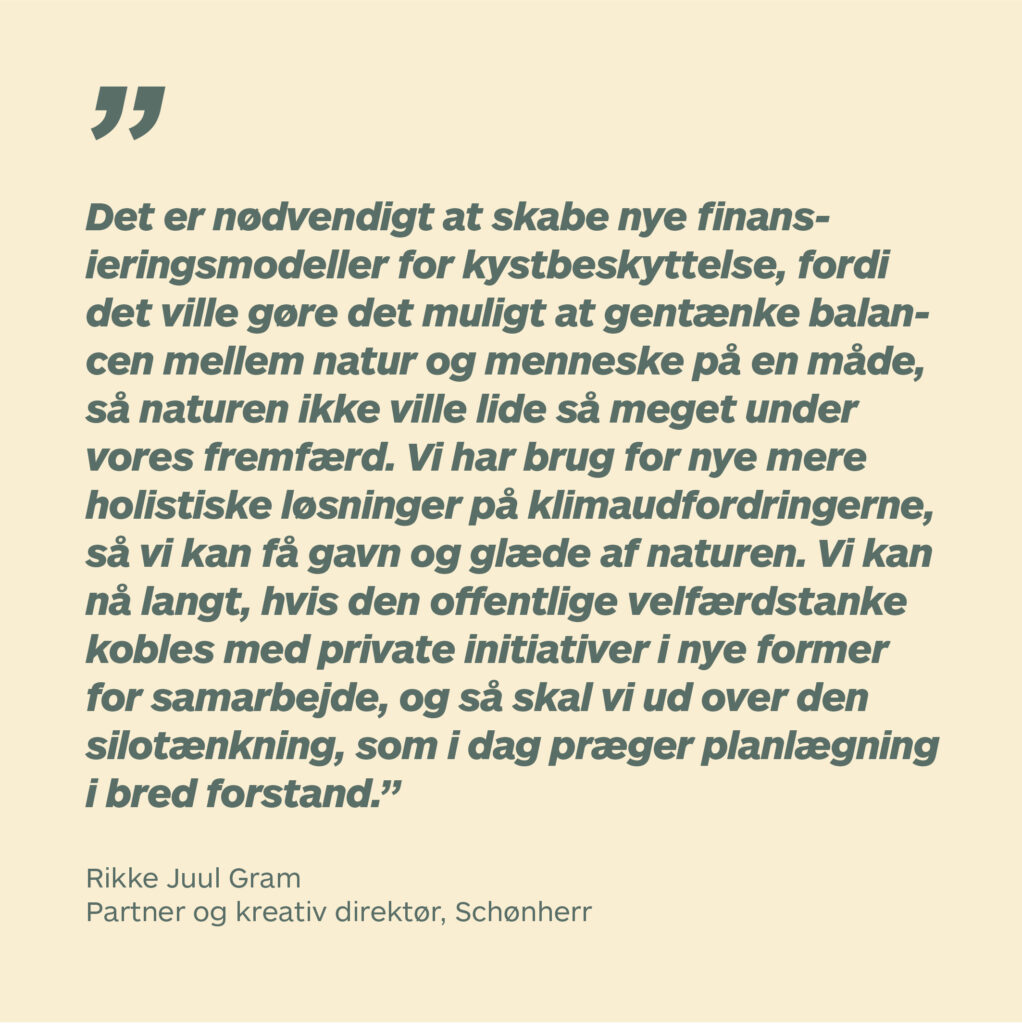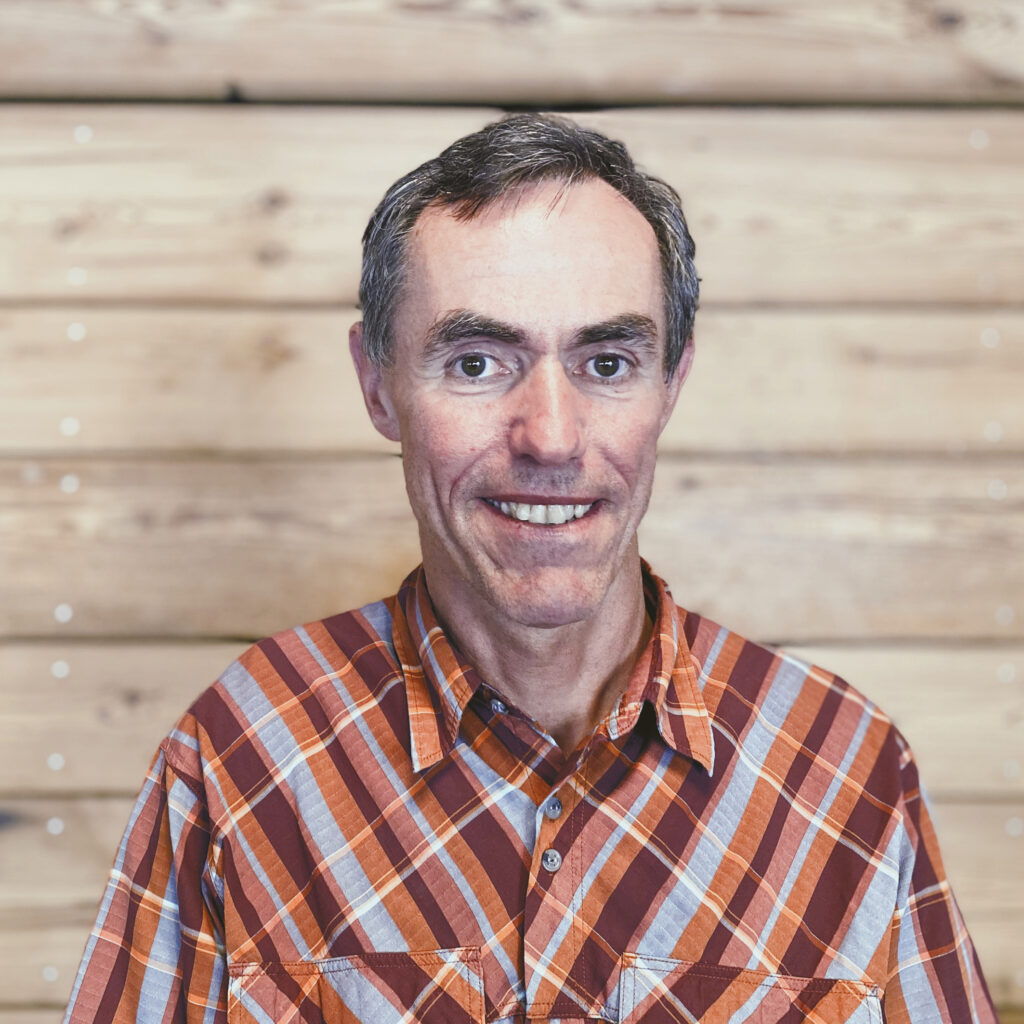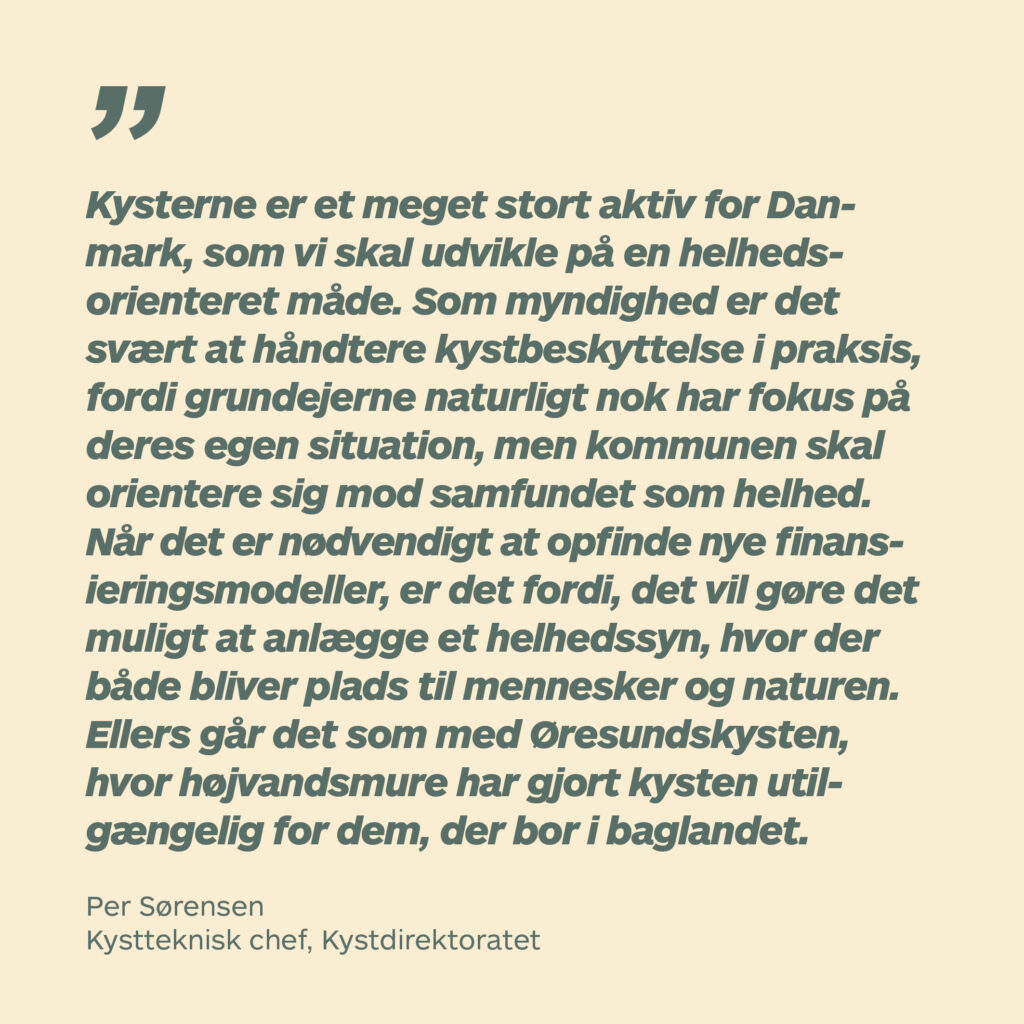Challenge owner
Schønherr Architects
BLOXHUB Program
Urban Partnerships
Activity
Ideation Workshop
Completed
2021
Quotes
“It is necessary to create new funding models for coastal protection, because it would make it possible to rethink the balance between nature and man so that nature won’t suffer so much due to our behavior. We need new, more holistic solutions to climate challenges so that we can enjoy and benefit from nature. We can go a long way if public welfare thinking is linked to private initiatives in new forms of collaboration, and then we must go beyond the silo thinking that characterizes today’s planning in a broad sense.”
Workshop co-organizer: Rikke Juul Gram,
Partner and Creative Director, Schønherr
How do we protect the values of the coastal zone areas and rethink how new coastal protection initiatives can add value and be financed?
As the climate changes, seawater levels rise and extreme weather becomes more frequent, the pressure on the Danish coastlines intensifies. This places new demands on our ability to protect the values of the coastal zone areas and calls for innovation and rethinking of how new coastal protection initiatives can add value and be financed.
As early as 2022, the government’s new national climate adaptation plan is due to enter into force. We now have less than a year to point out opportunities for how to protect and cherish the beauty of the Danish coastlines and create new recreational potentials for the benefit of the citizens. For municipalities such as Guldborgsund and Stevns, there is no longer any doubt that action must be taken and that the benefits of investing in coastal development are palpable for society as a whole. But who should pay for the transformation it will take to find wise solutions across public and private actors?
BLOXHUB’s Urban Partnerships team co-organized an interdisciplinary workshop with Schønherr to investigate the matter with the help of experts in design, architecture, engineering as well as foundations and researchers.
The challenge
Based on two cases presented by the Municipality of Stevns and Guldborgsund respectively, the workshop participants increased their knowledge about which tools can be used to identify value so that financial investments can be attracted as a source of co-financing the necessary coastal protection measures.
A total of four different solution concepts were developed, two of which were based on the contribution model and two on new funding models. Common to the work with both models was that they should not only take into account the economic value, but also the natural value and the social value.
Outcome
Commercial opportunity
– The two cases presented by the two Municipalities need concrete solutions, and thediscussions gave a valuable input to future tendering (Stevns on Aug 16).
– A follow up newspaper article resulted in a meeting between Danish Regions with some of the experts attending the workshop.
– A number of the workshop participants were presented to a concrete coastal protection case in Long Island, NY, and an opportunity to get 80% of their services paid by an EKF funding option presented by DI (Danish Cleantech Hub, NY).
– All survey respondents answered yes to the question: “Have you met others at the workshop with whom you think that there may be a basis for a future business collaboration?”
“It is beneficial to discuss coastal protection in an interdisciplinary forum, because you get to expand your horizon. A coin has two sides, a cube has six, and coastal protection has many more because there are numerous stakeholders and users of the coasts, even if they do not live there. The coasts have so much to offer and they are an asset to society as a whole. This is important to understand when you aim to legislate and plan based on a holistic approach.”
Workshop participant: Per Sørensen,
Head of Coastal Research, The Danish Coastal Authority
Innovation capacity
The challenge was unfolded and condensed into four different solution concepts:
- Room for Life and Nature
Divide the project into phases, where the first phase is paid for through tax funds. The area must be slowly developed and activated, thereby increasing value creation and the potential for further development. - Baltic Keys
Let certain areas around Gedser flood completely and provide space for recreational nature, summer experiences on water, first class homes and green energy. - Strøby Aqua Park
The recreational values are prioritized in the form of ex. expansion of forest areas and various living labs in the wet and semi-wet areas. An aqua park is established to attract the approx. 30,000 inhabitants and for educational purposes. - Dune Landscape
Strøby Egede is optimized into version 3.0 by taking advantage of the potential in its limitations. The concept is equal parts music and realism, where the overall goal is to improve the quality of nature through a nature-based approach.
Business network
Worskhop participants: DHI Denmark, 15. Juni Foundation, The Danish Green Investment Fund, University College Copenhagen, Birkelink, NATOUR, WSP Denmark, Danish Coastal and Nature Tourism, Business Lolland Falster, Technical University of Denmark (DTU), Gottlieb Paludan Architects, Municipality of Guldborgsund, Municipality of Stevns, Schønherr Architects, Flood- frame, Eco Island,The Danish Coastal Authority, Smith Innovation



